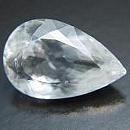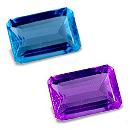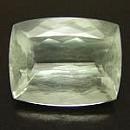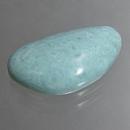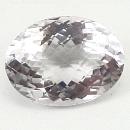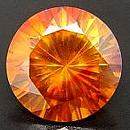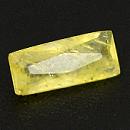|
ClassicGems.net |
|
|
|
|
| Triboluminescent Gems |
|
|
|
|
Triboluminescence is an optical phenomenon in which a flash of light is generated when certain minerals are broken, scratched, crushed or rubbed through the breaking of chemical bonds in the material. The gems below may exhibit Triboluminescence. More information below. |
|
|
|
|
|
|
|
|
|
||||
| Calcite |
|
Dolomite |
|
Fluorite |
|
Leucophanite | ||||
|
|
|
|
|
|
|
|
||||
|
|
|
|
|
|
|
||||
| Magnesite |
|
Pectolite (Larimar) |
|
Quartz |
|
Sphalerite | ||||
|
|
|
|
|
|
|
|
||||
|
|
|
|
|
|
|
||||
| Weloganite |
|
|
|
|
|
|
|
Triboluminescence
Triboluminescence is often used as a synonym for fractoluminescence, a term sometimes used when referring only to light emitted from fractured crystals. Triboluminescence differs from piezoluminescence in that a piezoluminescent material emits light when it is deformed, as opposed to broken. These are examples of mechanoluminescence, which is luminescence resulting from any mechanical action on a solid. History
The first recorded observation is attributed to English scholar Francis Bacon when he recorded in his 1620 Novum Organum that "It is well known that all sugar, whether candied or plain, if it be hard, will sparkle when broken or scraped in the dark." The scientist Robert Boyle also reported on some of his work on triboluminescence in 1663. In the late 1790s, sugar production began to produce more refined sugar crystals. These crystals were formed into a large solid cone for transport and sale. This solid cone of sugar had to be broken into usable chunks using a device known as sugar nips. People began to notice that as sugar was "nipped" in low light, tiny bursts of light were visible. A historically important instance of triboluminscene occurred in Paris in 1675. Astronomer Jean-Felix Picard observed that his barometer was glowing in the dark as he carried it. His barometer consisted of a glass tube that was partially filled with mercury. Whenever the mercury slid down the glass tube, the empty space above the mercury would glow. While investigating this phenomenon, researchers discovered that static electricity could cause low-pressure air to glow. This discovery revealed the possibility of electric lighting. The
science behind Triboluminescence Other
examples
of Triboluminescence |

